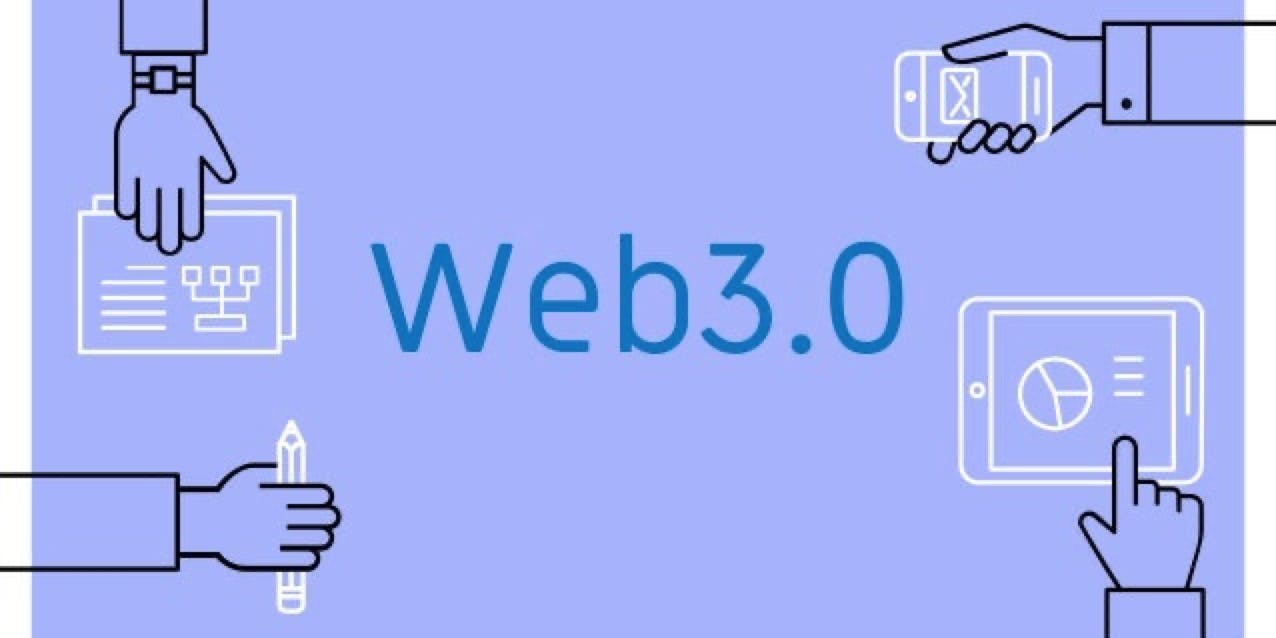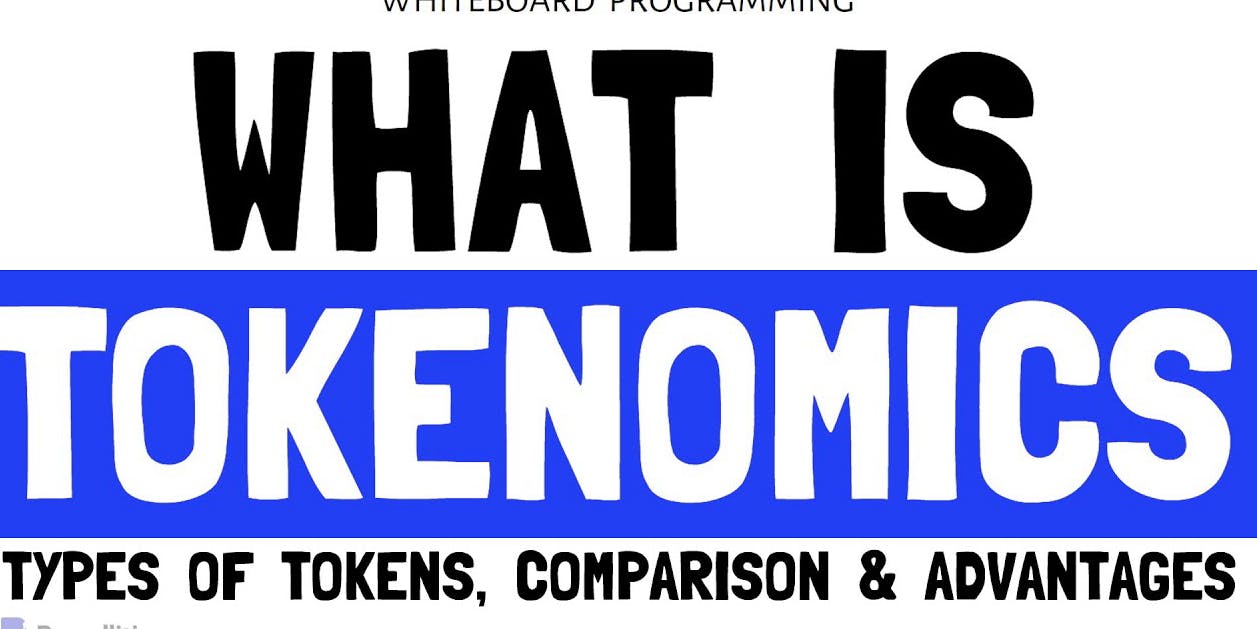
A Comprehensive Comparison of Mainstream Stablecoins, Understanding Stablecoins in One Article
Since the collapse of LUNA and Silicon Valley Bank triggered the decoupling of the world's second largest crypto stablecoin USDC, a series of black swan events, the market's distrust of the stablecoin concept seems to have reached a threshold.
Whether it is centralized stablecoins, algorithmic stablecoins, or partially decentralized stablecoins, they are all to some extent seen as a flood beast: tokens known for stability are no longer stable, so what can we trust? Currently, compared to last year, the stablecoin market has shown a more obvious downturn.

In fact, stablecoins are just one way of representing cryptocurrencies, and their value is often maintained within a roughly controllable exchange range with the anchored currency (such as the US dollar) through anchoring to real currency or algorithmic regulation. But it does not mean that stablecoins themselves can avoid volatility. When faced with major black swan events, stablecoins will also decouple from the anchored currency. This means that they will deviate from their anchored value.
The key issue is not whether stablecoins will fluctuate, but whether stablecoins themselves have a scientific and reasonable self-correcting mechanism that can repair risks in the face of unknown risks and maintain reasonable value in a timely manner.
Therefore, the veDAO Research Institute has compiled several common stablecoin types on the market, dissecting stablecoins to interpret the mechanisms of different stablecoins and their respective response methods to risks.

Centralized Stablecoins
The current stablecoin race is mainly divided into three categories: centralized stablecoins, algorithmic stablecoins, and decentralized stablecoins. So far, centralized stablecoins are still the mainstream in the market, and can even be called the cornerstone of the crypto world to some extent.
USDC, USDT, and BUSD are currently the three largest centralized stablecoins. All three are issued by off-chain entities and claim to be backed 1:1 by fiat collateral (i.e. "real" dollars).

As of now, USDT, USDC, and BUSD account for over 80% of the stablecoin market. According to Dune data, USDT still deserves its title as the leader, with a market share of 46.2%; USDC closely follows with 36.7%; BUSD accounts for 9%. Although centralized stablecoins have a huge market share, the scalability of centralized stablecoins is also the best in the industry (almost all projects have built-in trading pairs with USDT or USDC, and in fact, USDC is more popular for on-chain trading).

However, this type of stablecoin design is opaque, completely centralized, and cannot be audited on-chain, which also means that we cannot know whether the amount of stablecoin issuance and collateralization match. All we can do is trust that centralized stablecoins truly fulfill their promises.
For example, Tether has always claimed that USDT is backed by equivalent assets (including cash and bonds), but has never provided proper audits, only "proof" of its ability to fulfill its obligations.
However, an audit from June 2022 showed that the proportion of cash collateral for USDT is not high.

Overall, the liquidity of collateral for centralized stablecoins varies, and once extreme events trigger a run, there is a certain risk whether the collateral for USDT can be redeemed in a short period of time. Also, due to the lack of trust in over-centralization by user groups, a new demand has emerged in the market: algorithmic stablecoins.
Algorithmic Stablecoins
Algorithmic stablecoins, represented by UST and OHM, maintain stability through a floating minting and burning mechanism, and have no external collateral support. For example, when the trading price of UST is higher than its anchored exchange rate (i.e. 1 US dollar), market participants have an incentive to expand its supply and lower its price by minting new UST, and vice versa.

The fatal weakness of algorithmic stablecoins is the downward spiral. For AMPL, when the coin price enters a downward range, holders expect a decrease in the number of coins held, which may lead to selling off AMPL, causing further price declines until AMPL falls to a very low level. For UST, we have witnessed the historical moment of a death spiral. As for FRAX, which is supported by a portion of USDC, whether it can avoid a death spiral in the event of a sharp decline still needs to be verified over time.
The core problem with algorithmic stablecoins is that they have no value collateral, so they are more like speculative products. In trading, DeFi, and other application scenarios, algorithmic stablecoins find it difficult to fulfill the responsibilities of stablecoins.
Finally, there are the decentralized stablecoins that are gradually gaining favor in the market.
Decentralized Stablecoins
DAI, represented by DAI, is a decentralized stablecoin pegged to the US dollar, issued by Maker DAO. DAI is based on an over-collateralization mechanism, where users can deposit various forms of collateral (such as ETH) into the vault to mint DAI stablecoins. Users must maintain their collateral position as over-collateralized, as when the collateral falls below a set collateralization ratio (the ratio varies depending on the collateral asset), the collateral can be liquidated.
Compared to centralized stablecoins, decentralized stablecoins have several advantages:
-
Anyone has the opportunity to participate in minting decentralized stablecoins.
-
The collateral situation is on the blockchain, publicly transparent, unchangeable, and cannot be misappropriated.
-
It is mainly executed by blockchain protocols, with a low possibility of human manipulation.
-
Using DAO (decentralized autonomous organization) is more in line with the interests of holders.
-
Decentralized stablecoins issued based on blockchain protocols face lower regulatory risks.
However, at the same time, decentralized stablecoins also have some drawbacks:
-
Most use over-collateralization, which reduces the efficiency of capital use.
-
It has a liquidation mechanism, which to some extent increases the understanding threshold for participants.
-
It cannot be completely independent from centralized stablecoins. In the collateral of decentralized stablecoins, centralized stablecoins are an important component. When Silicon Valley Bank collapsed in March 2023 and USDC decoupled, DAI also remained decoupled for several days due to this impact.
Decentralized Plus Distributed, the New Player in Stablecoins, HOPE
In response to the problems with decentralized stablecoins, the newcomer HOPE has made some improvements. In the official definition, HOPE is a "pricing token supported by BTC and ETH reserves, evolving into a distributed stablecoin through a multi-stage growth plan."
The specific operation logic will be divided into three stages:
- Stage One: In the early stages of development, $HOPE will be supported by BTC and ETH, and tokens will be minted and burned, with each HOPE generated requiring a corresponding reserve of BTC and ETH. During this process, HOPE will also obtain the opening, high, low, and closing prices of BTC & ETH every minute from Binance, OKX, and Coinbase, and determine the actual price of HOPE through average calculation.


- Stages Two and Three: The fund reserve pool of $HOPE will add more stablecoins until the fund reserve pool reaches several times the market value of $HOPE, and subsequently, as the prices of BTC and ETH appreciate, the price of HOPE will rise with the expansion of the market value of crypto assets, eventually rising to $1.

It is worth noting that with the increase in the collateral market value of BTC and ETH, there will always be a point where the collateral value of HOPE exceeds $1, but HOPE itself will choose to remain stable after reaching $1.

In this way, a global situation of over-collateralization between the collateral market value of BTC & ETH and the price of HOPE is formed. This will in turn confirm the strong value of the HOPE token. More importantly, for individual users, minting HOPE does not require over-collateralization, greatly improving the efficiency of capital use.
The next question then becomes: How can the market verify the specific situation of the BTC & ETH collateral market value in the HOPE ecosystem? Currently, HOPE has chosen to custody the crypto assets with Coinbase and has publicly disclosed the custodian's wallet address, fund flow, and amount. In the future, HOPE will also custody the crypto assets with other custodians and custody protocols to further strengthen the distributed nature of the collateral assets and reduce the impact of black swan events.
To further increase the liquidity of HOPE and attract more BTC & ETH holders to enter the HOPE ecosystem with peace of mind, HOPE has also made innovations to its economic model:
-
$HOPE: This is the native pricing token supported by reserves in the ecosystem, and will be launched at a discounted price of $0.5, gradually pegging to the recovery of the cryptocurrency market.
-
$stHOPE: This is the tokenized representation of $HOPE pledged. Users can obtain $stHOPE by pledging $HOPE, and can earn $LT rewards by holding $stHOPE.
-
$LT: This is the incentive and governance token of the HOPE ecosystem, used to incentivize users to participate in the HOPE ecosystem and governance.
-
veLT: This is the tokenized representation of $LT locked in voting when exercising governance rights, and veLT holders can obtain $LT reward bonuses.
At present, due to the existence of a hard cap on the price of HOPE, and the unlimited potential of the collateral quantity and market value of BTC & ETH, the value overflow of the HOPE ecosystem based on the collateral market value will be carried by $LT, and the source of $LT comes from users' increased holdings and pledging of HOPE tokens based on their optimism about the market and the HOPE ecosystem.
In other words, in order to obtain more income from $LT, users need to hold more HOPE and actively participate in the ecosystem's governance (exercising veLT also earns $LT rewards), which in turn promotes the positive operation of the entire HOPE ecosystem.
In addition, HOPE has also launched four main protocols, providing a complete and rich set of application scenarios including exchange, lending, and margin for HOPE and stHOPE, and incentivizing users to participate in ecosystem applications and community governance through $LT rewards.

-
HopeSwap: This is an AMM Swap built on Ethereum, serving as the gateway for users to enter the HOPE ecosystem. Users can quickly trade between $HOPE, $stHOPE, $LT, and other assets, or provide liquidity for trading pairs to earn $LT rewards and fee sharing.
-
HopeLend: This is a multi-liquidity pool non-custodial lending protocol. Lenders can earn interest by depositing liquidity, while borrowers can provide collateral assets to obtain over-collateralized loans.
-
HopeConnect: An on-chain custody and clearing protocol that allows any application to be built and expanded on it. HopeCard is the first application based on HopeConnect.
-
HopeEcho: Synthetic assets that track the prices of real-world assets (RWA), including stock indices, fixed income instruments, commodities, and foreign exchange, reducing the threshold for accessing TradFi services.

As of now, the emergence of HOPE has drawn on some mechanisms of other products in the industry and innovated on this basis, mainly by providing a solution to the inherent logic of over-collateralization and low capital use efficiency for individual users.
Conclusion:
In fact, while classic stablecoins have been repeatedly questioned, a new batch of stablecoin projects has emerged in the industry, such as HOPE, which advocates for decentralized and distributed collateral; or ANGLE, which chooses to anchor the euro and deeply imitates Curve; and Reflexer, which is favored by Vitalik Buterin and sets a dynamic redemption rate. However, the latter two, despite their innovation, have not escaped the inherent logic of over-collateralization for individual users. In this respect, HOPE has done relatively better.
However, we should also note that as a newcomer in the stablecoin space, HOPE has its merits, but also some considerations: for example, HOPE has proposed an overall over-collateralization and distributed storage of collateral assets, but it may need to provide a more specific explanation on how to prove the relationship between the publicly custodied address and the HOPE ecosystem. In addition, since HOPE places the actual collateral market value of BTC & ETH on the HOPE stablecoin + governance token LT, will this lead to users focusing more on LT and neglecting the scalability and innovation of the HOPE stablecoin itself?
Finally, there is a common problem encountered by all non-centralized stablecoins: how to gain more market share and user groups? This is a long and arduous journey for emerging stablecoin projects. But with the market rebounding, BTC returning to the $30,000 mark, the future development of HOPE is worth our optimism.
About veDAO
veDAO is a community for investment and financing dedicated to discovering early potential projects. By gathering the wisdom of the masses and professional opinions, it provides a fair, transparent, and democratic project evaluation and investment and financing process for community participants, investors, and project parties, allowing all participants to share the dividends of project development.
Website: https://app.vedao.com/
Twitter: https://twitter.com/vedao_official
Telegram: t.me/veDAO_zh
Discord: https://discord.gg/NEmEyrWfjV




